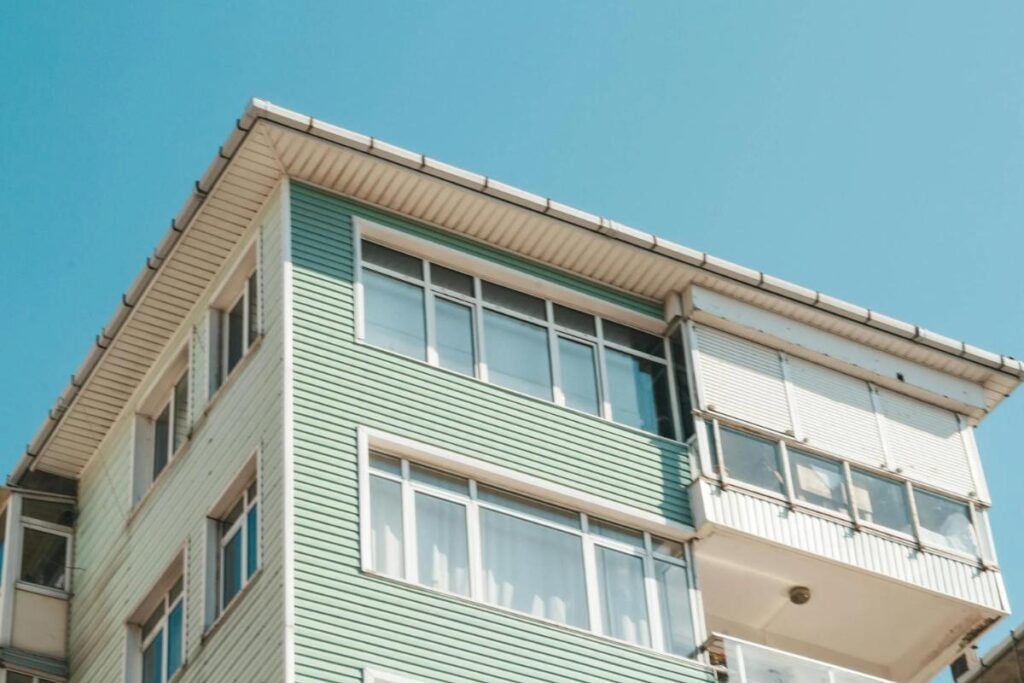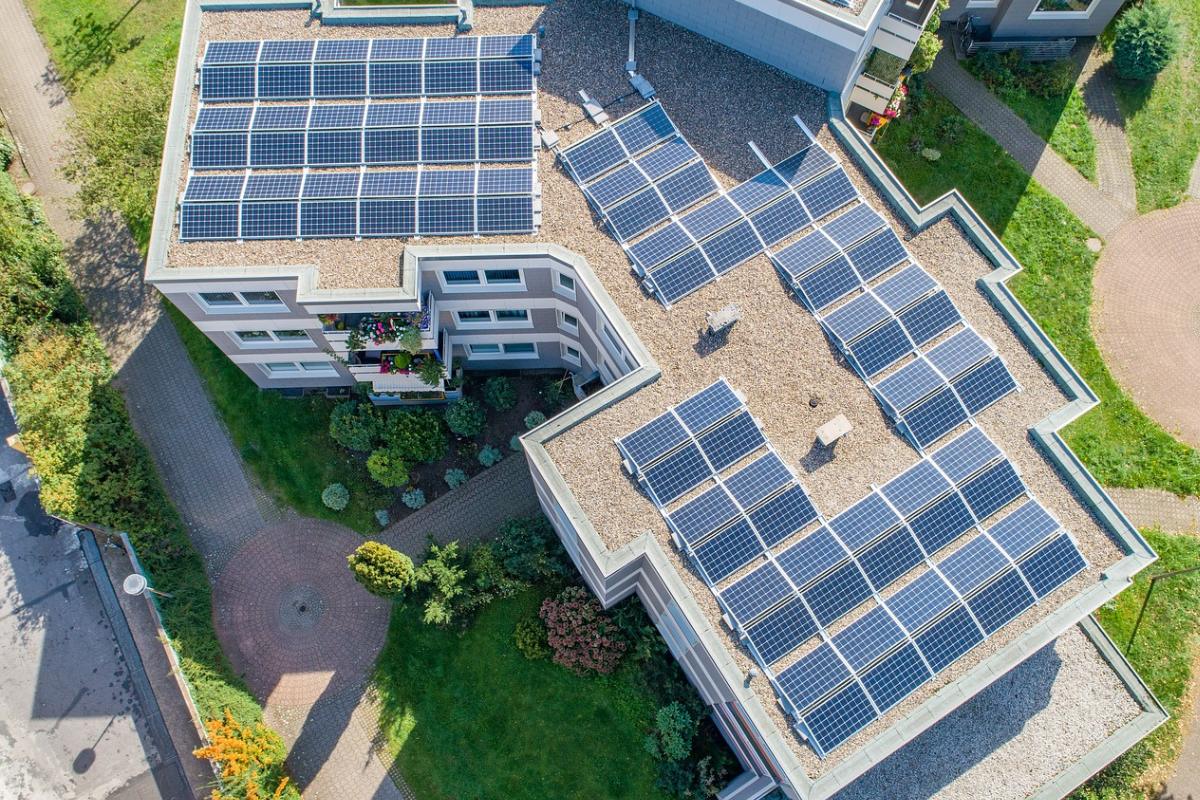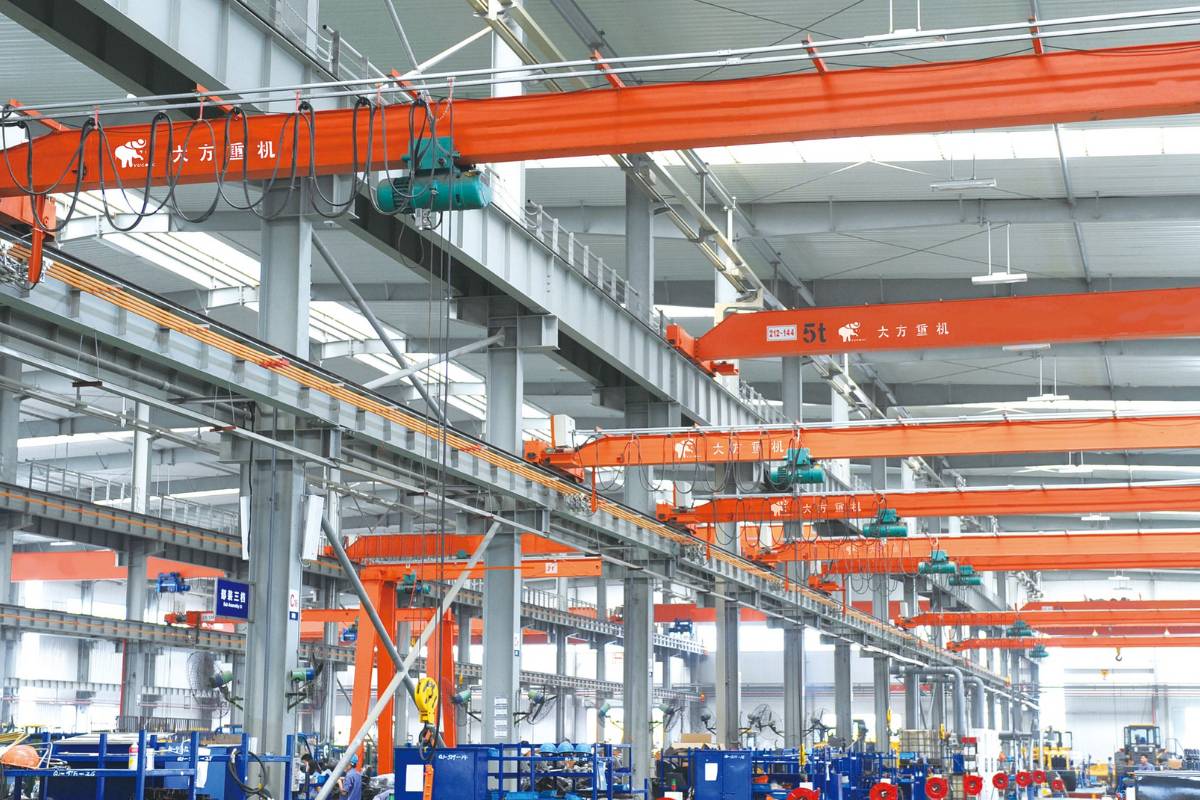Embarking on the construction of a commercial property can be a complex and challenging venture, necessitating meticulous planning and attention to detail. This endeavor not only requires a sizable financial investment but also a deep understanding of the needs and goals for the property’s intended use. From the practical considerations of location and zoning laws to the intricacies of design and sustainability, there are several key factors that can dictate the success of your build. In the following sections, we’ll explore the top 8 things every developer should keep in mind to ensure that their commercial property meets both current and future needs.
1. Zoning and Compliance
Before laying the first stone, it is crucial to thoroughly understand the zoning laws and ensure compliance with all regulatory requirements. Zoning laws govern the permissible use of a property, whether it is for commercial, residential, industrial, or mixed-use purposes. These regulations encompass various aspects such as building dimensions, parking requirements, signage, and more. By ensuring that your project adheres to all local, state, and federal codes, you not only prevent legal issues and costly delays but also position your development for long-term success from the very beginning. Taking the time to research and consult with professionals can provide valuable insights and guidance in navigating the complex landscape of zoning and compliance.
2. Location and Accessibility
In the realm of commercial real estate, the adage “location, location, location” holds especially true. The site of your commercial property significantly influences factors such as foot traffic, accessibility, development costs, and potential return on investment. A prime location that is easily accessible by public transit and offers ample parking can greatly enhance the business prospects for future tenants. Therefore, conducting thorough research and strategically positioning your property can have a substantial impact on its enduring appeal and viability. This includes considering factors such as proximity to major thoroughfares, nearby amenities, and demographic trends to maximize the potential of your commercial property.
3. Design and Aesthetics
Designing a commercial property involves more than just visual appeal; it entails considering functionality, flexibility, and the crucial aspect of making a lasting first impression. A well-designed property addresses the specific needs of its occupants while also allowing for adaptability as businesses grow and requirements evolve. Additionally, aesthetics play a vital role in attracting both tenants and customers, providing an environment that is not only efficient but also enjoyable to spend time in. Thoughtful attention to design and aesthetics contributes to the overall desirability and success of your commercial property. Incorporating elements such as natural light, green spaces, and modern amenities can create a welcoming and inspiring atmosphere that sets your property apart from the competition.
4. Sustainable Building Practices
In today’s environmentally conscious market, incorporating sustainable building practices is not only an ethical consideration but also a competitive edge. Utilizing energy-efficient materials and technologies, integrating green spaces, and harnessing renewable energy sources can significantly reduce the environmental impact of your commercial property while also lowering operational costs. These eco-friendly choices resonate with consumers and businesses alike, aligning with their values and contributing to the long-term value and desirability of your property. By prioritizing sustainable building practices, you position yourself as a leader in the industry and cater to the evolving demands of the market.
5. Commercial Builders
Selecting the right team of professional commercial builders is pivotal in transforming your vision into reality. Experienced commercial builders bring invaluable insight into navigating construction complexities, from adhering to timelines and budgets to implementing the latest building technologies. They ensure that every aspect of the construction process is managed efficiently, mitigating risks and enhancing quality control. Opt for builders with a strong track record of reliability and excellence, and your commercial property will be built to stand the test of time and market demands.
6. Technology Integration
In today’s digital age, integrating cutting-edge technology into your commercial property can have a profound impact on operational efficiency and tenant satisfaction. By implementing smart climate control systems, advanced security features, and other innovative technologies, you can streamline building management, reduce energy consumption, and provide unparalleled convenience to occupants. Moreover, properties equipped with high-speed internet capabilities, smart building automation, and other tech amenities are highly sought-after by businesses that heavily rely on digital connectivity. By investing in technology, you can future-proof your building, attract forward-thinking tenants, and make it more appealing in an ever-evolving digital landscape.
7. Financial Planning and Budget Management
Successfully navigating the financial complexities of commercial construction requires meticulous planning and diligent budget management. It is crucial to establish a clear financial roadmap that takes into account various costs, including land acquisition, materials, labor, and contingency funds for unforeseen expenses. Collaborating with financial experts and stakeholders can help you secure the right funding, optimize project budgeting, and maintain transparency throughout the process. By doing so, you can avoid cost overruns, ensure timely completion, and achieve financial success in your construction project.
8. Long-Term Maintenance and Management
Developing a practical and comprehensive plan for the long-term maintenance and management of your property is vital for preserving its value and operability. This includes regular upkeep of the physical infrastructure, such as plumbing maintenance, electrical systems, and HVAC maintenance. It also involves proactive management of lease agreements, implementation of sustainable practices, and efficient handling of tenant relations. By implementing a robust maintenance strategy, you not only uphold the aesthetic appeal of your property but also extend its lifespan, minimize costly repairs, and enhance tenant satisfaction. These factors contribute to a steady return on investment over time, making your property a valuable asset for years to come and ensuring long-term success in the real estate market.

The construction of a commercial property is a significant venture with a multitude of factors to consider at every turn. From ensuring compliance with zoning laws and choosing an optimal location to prioritizing sustainable building practices and integrating cutting-edge technology, each consideration plays a critical role in the ultimate success of your development. As the landscape of commercial real estate continues to evolve, staying ahead by acknowledging these key factors can make the difference between a property that merely exists and one that thrives. By remembering these 8 pivotal points and approaching your project with a strategic and informed mindset, you can create a commercial space that is not only profitable but also serves as a model for innovative and responsible development.







Leave a Reply